|
Reading in the language you want to learn is one of the best ways to level up your language skills. But it can be really difficult to form a regular reading habit and stay motivated. Luckily, there are wonderful teachers who can help you do just that! One of them is Hanna Männikkölahti from Random Finnish Lesson. In this guest post, Hanna talks about her new course to help you to read a whole book in Finnish. Hi there! This is Hanna from Random Finnish Lesson / Private Finnish Lessons, guest posting on Mari’s blog. Mari and I have known each other since October 2017, when she introduced herself to me on Facebook. I had been offering private online lessons for a while, and Mari was just about to start her business. Initially, we chatted on Messenger, but now we also meet face-to-face several times a year. I’ve been following Mari‘s Steps towards YKI courses, and we’ve talked a lot about online courses that combine independent work with group meetings. I’m excited to announce that I’ve finally put together my own course! It’s all about reading ‘Tuntematon Kimi Räikkönen’ in easy Finnish within a month. You can read a sample of the book here. In my course, students will read the book on their own, but they will also watch videos where I discuss the book or read it aloud with them. I’ve also curated the best Kimi Räikkönen videos on YouTube and organized them to complement the book as you read. Students can chat about the book as much as they want in my Telegram group, and we’ll meet four times on Zoom throughout the month. Here’s a link to my blog post about the course: https://randomfinnishlesson.blogspot.com/2024/07/tuntematonkimiraikkonen.html You can listen to a podcast episode where I discuss the course in Finnish. My podcast is also available on Spotify and Apple Podcasts. Inspired by this upcoming course and excited about my ChatGPT skills, I finally finished a Memrise course featuring vocabulary from ‘Tuntematon Kimi Räikkönen’. If you want to join the course, send me an email at [email protected]. I will send you an invoice and a link to the course materials. The early bird price is €39 if you sign up by July 15. After that, the price is €55. I’m looking forward to having you in the course! I honestly believe there’s no better support for reading a book in easy Finnish. 😊 Best regards, Hanna
0 Comments
I very often get asked a version of this question: I'm preparing for YKI, and I need to pass the writing part. I can't attend a traditional classroom course, but I don't feel like I'm making enough progress on my own. Private lessons are over my budget. Is there another way to get feedback from you for my writing? I've designed a course for this specific purpose. It's called Steps towards YKI: Writing, and the next chapter is coming up in August 2024. You get access to the course materials on signing up and can start studying whenever works best for you. Then, once the interactive part of the course starts in August, you can share your work with me in a dedicated Telegram group or on Google Docs, where I read your work, comment on it and make suggestions on what to focus on next to get to your goal. The course is open for enrollment now. Here's the course page. If you're reading this after August 2024, the next interactive part of the course will be in January 2025. Lämpimästi tervetuloa, a warm welcome! José Carlos writes: How to say in Finnish the following? 1. I CUT my finger with a knife. 2. She CUT my hair. 3. I CUT the paper with scissors. 4. I CUT the onions in slices. 5, I CUT the potatoes in cubes. 6. I CUT my hand with a broken glass. Hi José! Thanks for the great question! The verb you want for all of these is leikata with different forms to go with it. Let’s look at them one by one. 1. I CUT my finger with a knife. Leikata + mihin Leikkasin sormeen, where sormi ‘finger’ is in the mihin form. So literally, I cut into my finger. 2. She CUT my hair. Hän leikkasi minun hiukseni. Here, hiukset is the object of the sentence. Because hiukset ‘hair’ (as in the hair on you head) almost always goes in the plural (so literally: hairs), you have two options for the form of the obejct: the t-plural – also known as plural nominative – and the plural partitive. So without the my, the sentence would be either Hän leikkasi hiukset or Hän leikkasi hiuksia. Both are correct, but there’s a little difference: hiukset is what is known as the total object, so all the hair was cut and the action has been completed all the way to the end. The partive hiuksia means that the process is still ongoing or only partially complete. I chose hiukset, as without more context it feels more intuitively correct that the haircut would be completed, but hiuksia also works just fine! Now, we still have the my to add. In standard written Finnish, this is done with minun (my) and a possessive suffix, which goes on the singular stem of the word in the t-plural, like this: Hän leikkasi minun hiukseni. For a more informal and easier to form version, you can also just use the personal pronoun: Hän leikkasi minun hiukset. 3. I CUT the paper with scissors. Leikkasin paperia saksilla. or Leikkasin paperin saksilla. Again, the choice between paperia (partitive object) or paperin (total object) depends on what you want to say: partitive for an ongoing process and paperin for a completed action. 4. I CUT the onions in slices. Leikkasin sipulit viipaleiksi. Viipaleiksi is a form called the translative, and it’s used for all kinds of transformations, like whole onions becoming slices or students graduating and becoming Finnish teachers: Valmistuin suomen kielen opettajaksi. – I graduated as a Finnish teacher. 5. I CUT the potatoes in cubes. Leikkasin perunat kuutioiksi. 6. I CUT my hand with a broken glass. Leikkasin käteni rikkinäisellä lasilla. This would be a completely literal translation of your sentence. However, in this sentence it sounds like you were holding the piece of glass in your hand and cut your hand with it (like you did in sentence number 1), presumably by accident. If the broken glass is on a table, you pick it up and accidentally cut your hand with it, the Finnish version would be something like this: Satutin käteni rikkinäiseen lasiin. So: I hurt my hand with a broken glass. Would you like to study with me?
One question that I get asked over and over is some form of this: How do I become fluent in Finnish? Is it even possible? I of course always answer, yes, it is! Every student that I have ever known who has put in the work and kept going has gotten there. But don't just take it from me. Lidiia Salo, Finnish learner, B2 level Finnish speaker and founder of the wonderful YKIPass community, has agreed to share her language learning journey with us in this guest post. My Finnish Language Learning Journey and |
Archives
June 2024
|
Ask a Finnish Teacher / Toiminimi Mari NikonenBUSINESS ID (Y-Tunnus) 2930787-4 VAT NUMBER FI29307874 Kaupintie 11 B 00440 Helsinki If you'd like to send me something in the mail, please email me for my postal address. [email protected] +358 40 554 29 55 Tietosuojaseloste - Privacy policy |
© COPYRIGHT 2015-2022 Mari nikonen. ALL RIGHTS RESERVED.
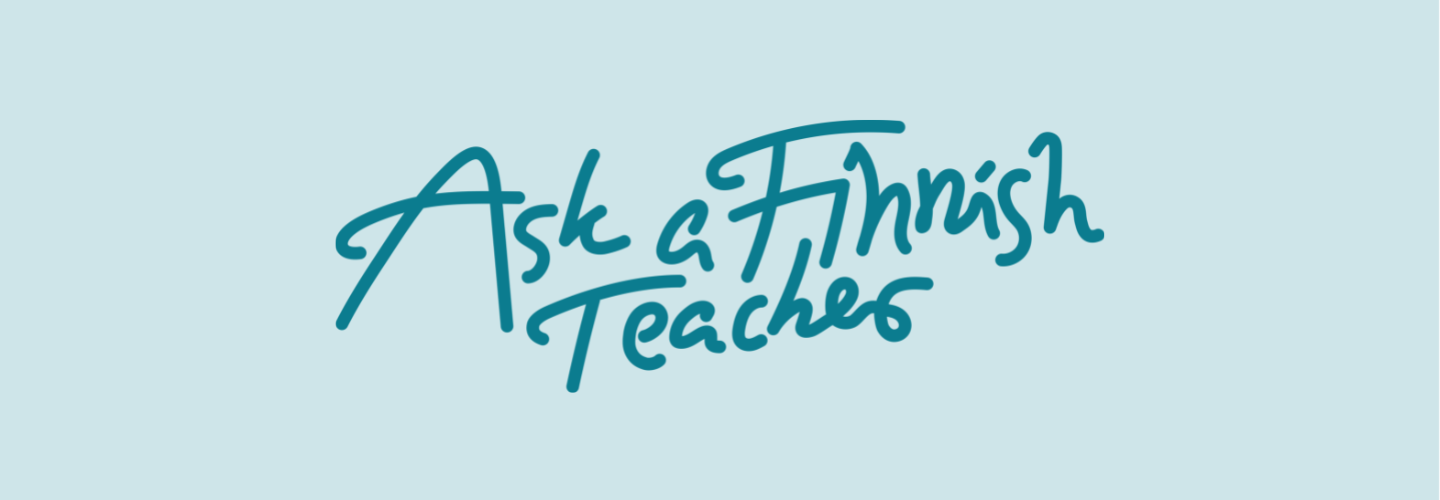
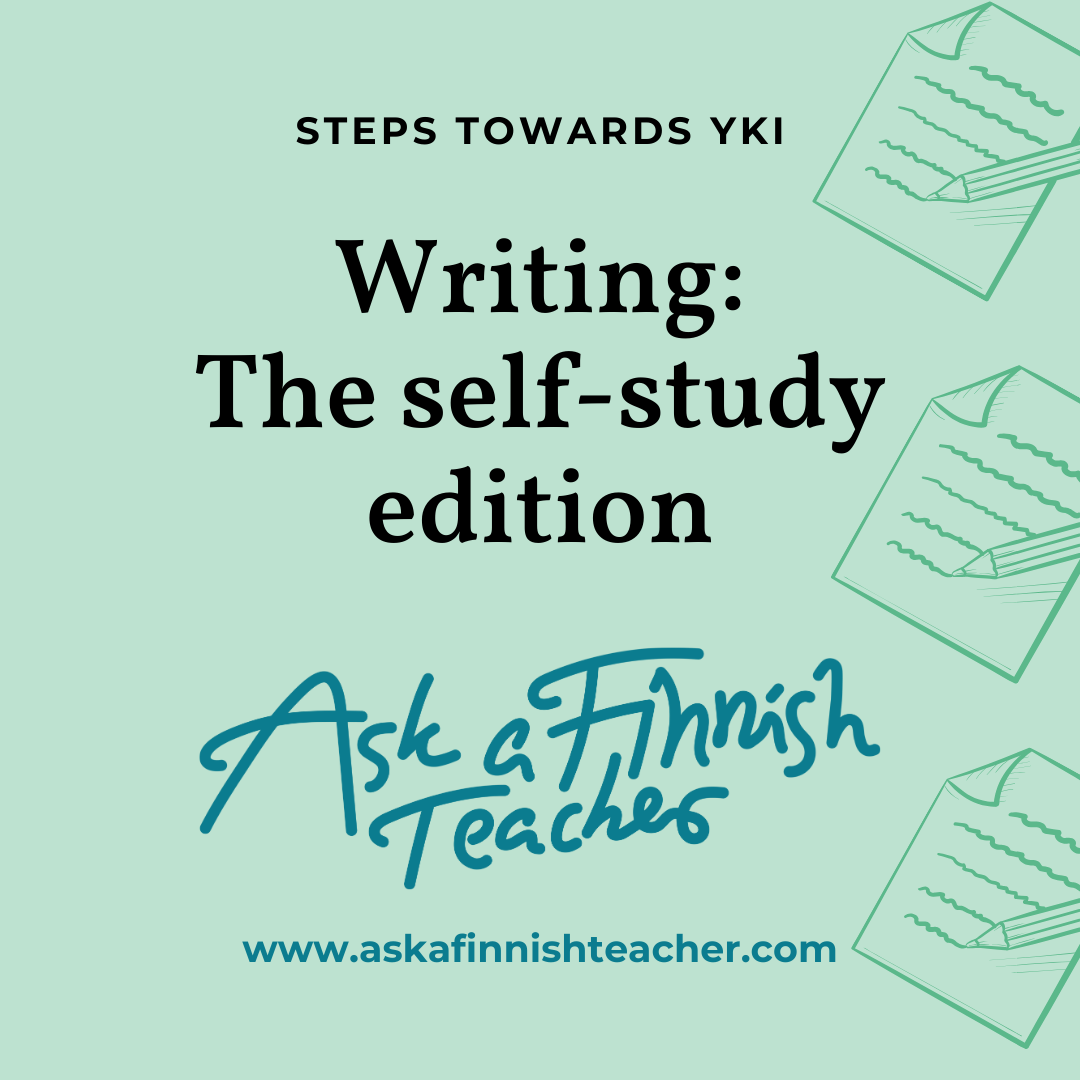







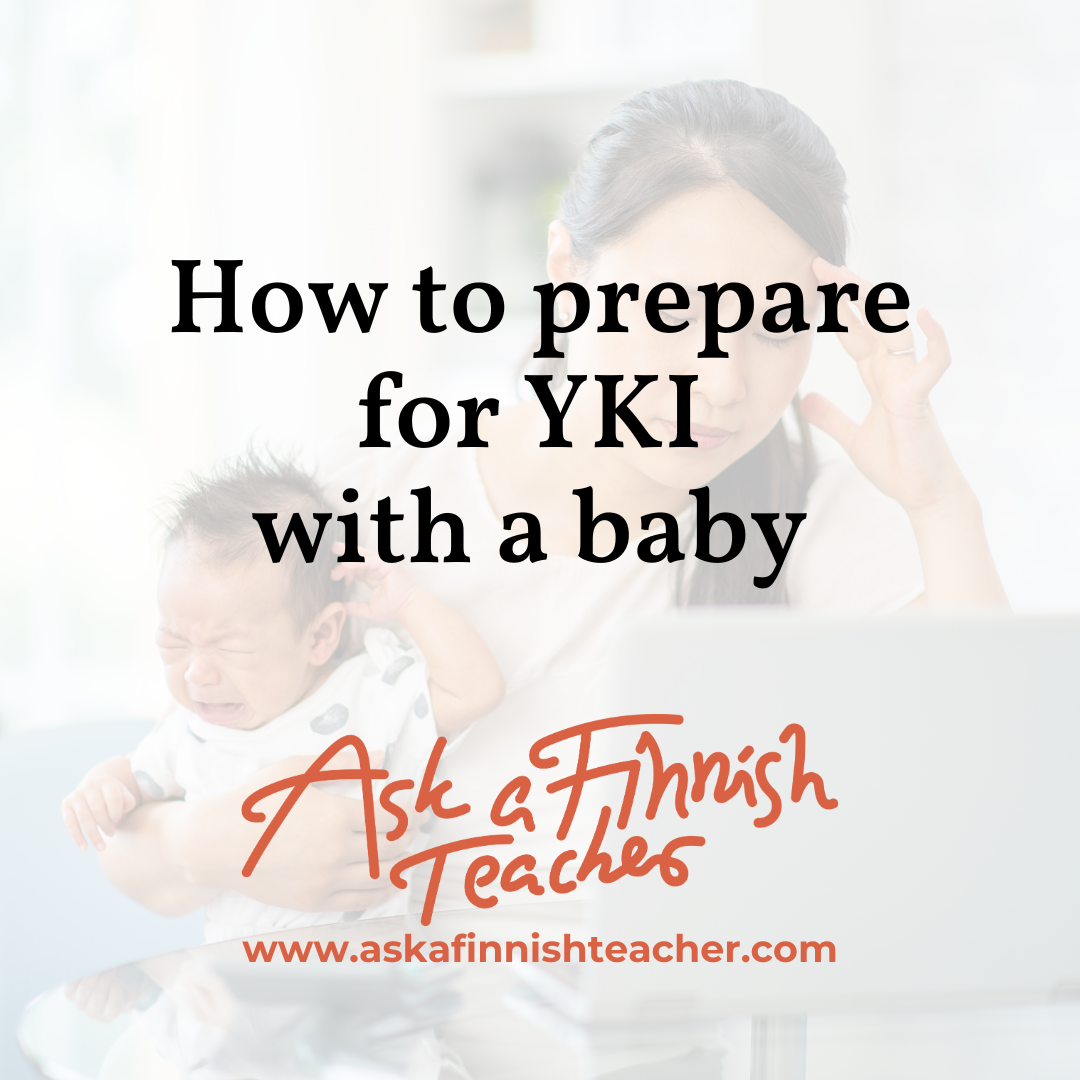
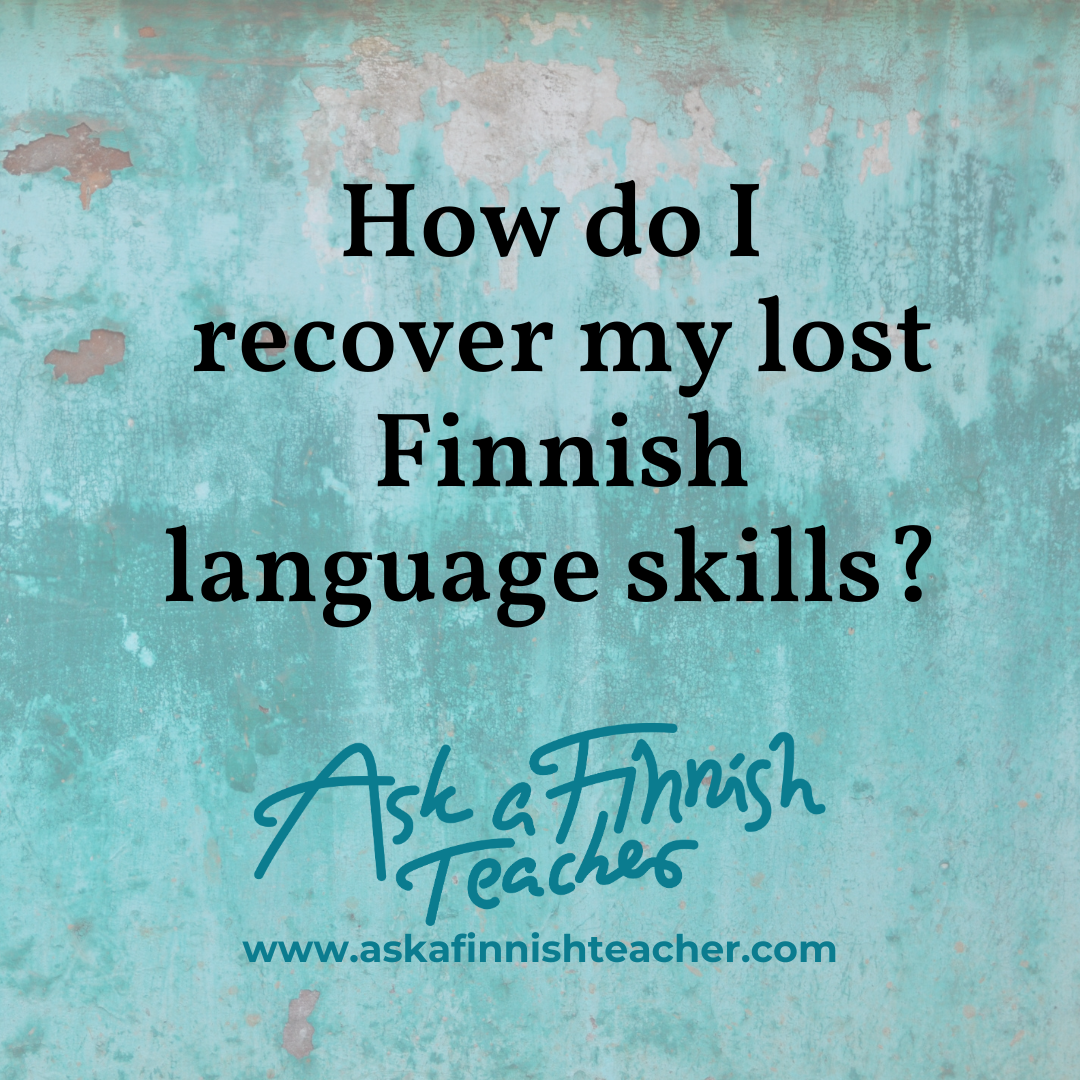
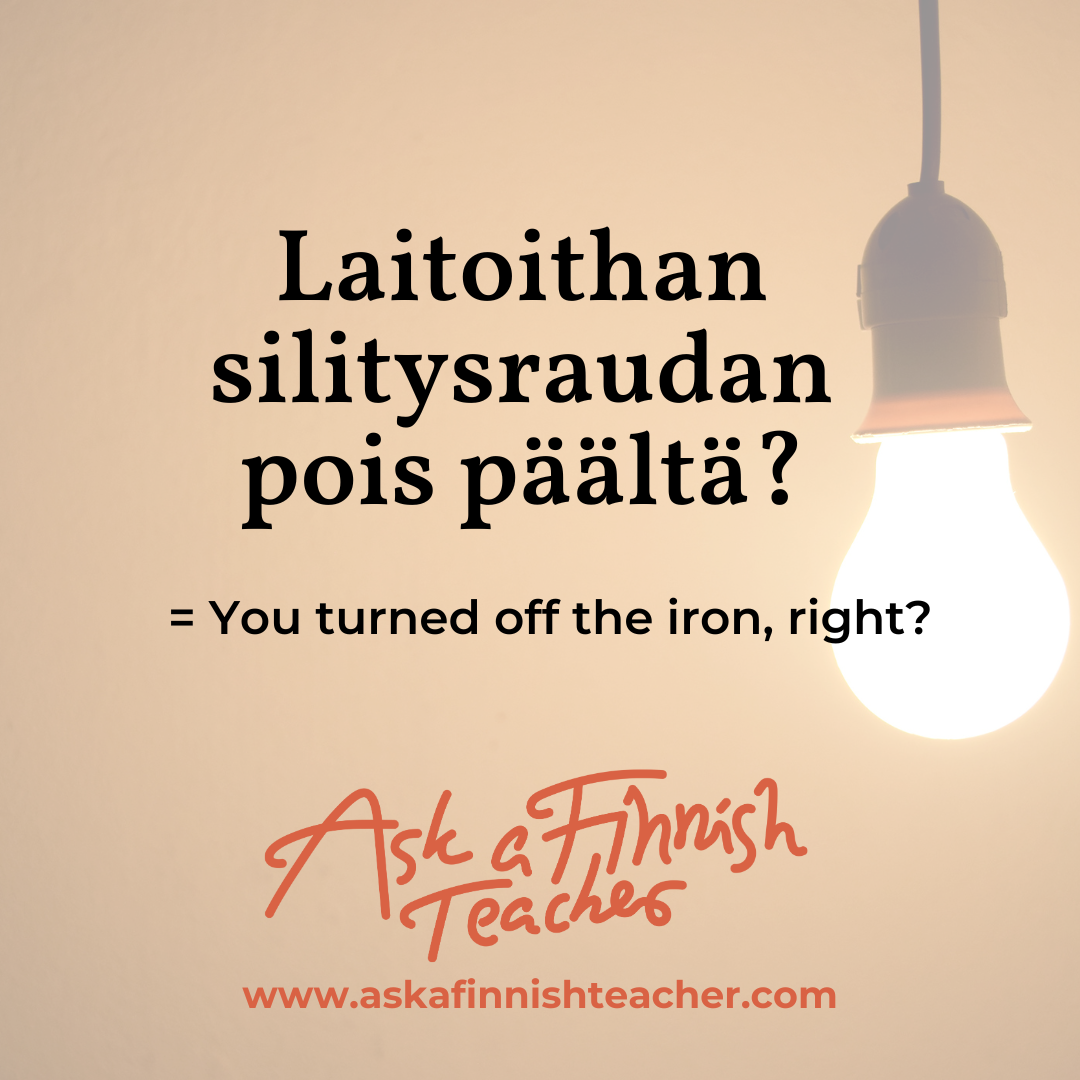
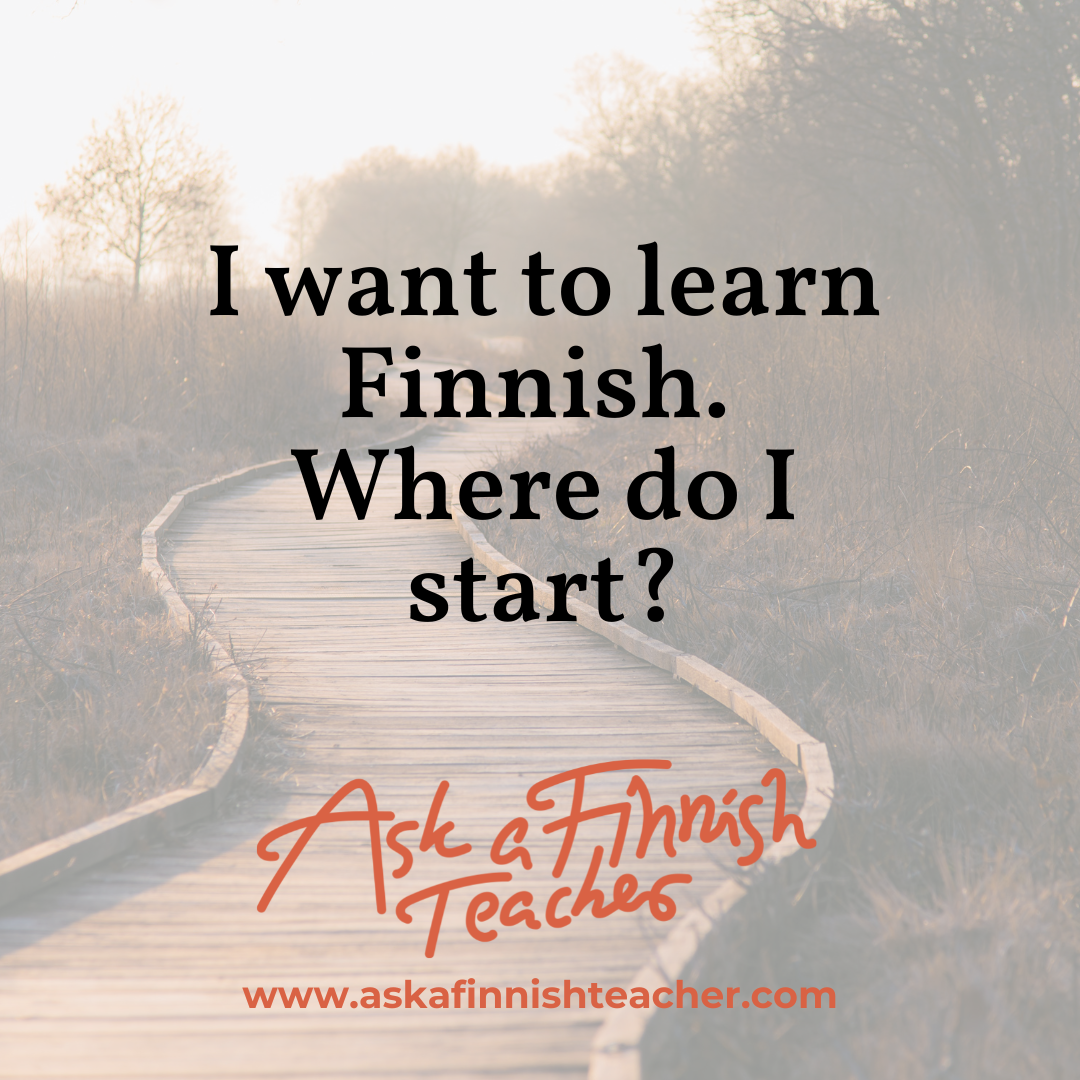


 RSS Feed
RSS Feed